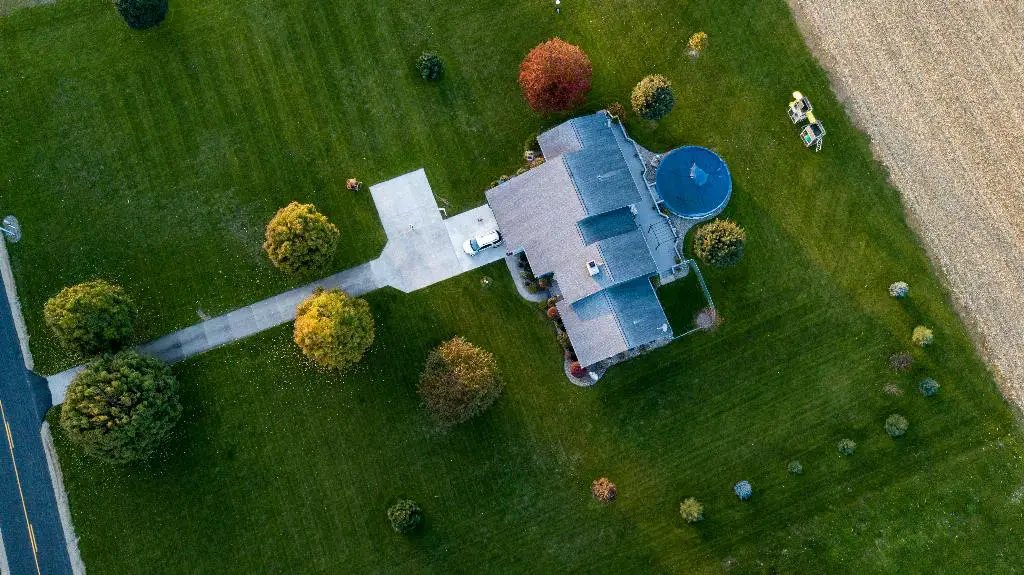Dethatching a lawn is a crucial step in maintaining a healthy and lush grass carpet. It involves removing the layer of dead grass and organic matter that accumulates on the soil surface over time. Knowing the best time to dethatch your lawn is essential for ensuring the process is effective and does not harm your grass.
The Importance of Timing
Timing is everything when it comes to dethatching your lawn. It is best to dethatch when your grass is actively growing, as this allows it to recover quickly from the stress of the process. Additionally, dethatching when the soil is moderately moist makes it easier to remove the thatch without damaging the healthy grass.
Cool-Season Grasses
For lawns with cool-season grasses such as fescue, bluegrass, or ryegrass, the best time to dethatch is in early spring or early fall. During these seasons, cool-season grasses are actively growing, which means they can recover quickly from the dethatching process and fill in any bare spots left behind.
Warm-Season Grasses
If your lawn is made up of warm-season grasses like Bermuda, Zoysia, or St. Augustine, the optimal time to dethatch is in late spring through early summer. This period aligns with the peak growth season for warm-season grasses, ensuring they can bounce back swiftly after dethatching.
Considering Grass Growth
Timing the dethatching process with your grass’s growth cycle is crucial for its overall health. Dethatching when the grass is actively growing helps it recover faster and promotes new growth, resulting in a thicker and healthier lawn.
Preventing Stress on Grass
If you dethatch your lawn at the wrong time, such as during the dormant season or extreme weather conditions, it can stress the grass and make it vulnerable to disease and weed infestations. By timing dethatching correctly, you can minimize stress and maximize the benefits for your lawn.
Observing Grass Conditions
Before deciding when to dethatch your lawn, take time to observe the grass’s current state. If you notice thatch buildup exceeding 1/2 inch in thickness, it may be time to dethatch. However, always consider the grass’s growth patterns and the season to ensure optimal results.
Factors to Consider
Factors such as your location, climate, and grass type can influence the ideal time to dethatch your lawn. By understanding these variables and aligning them with the growth cycles of your grass, you can effectively plan the dethatching process for maximum impact.
Post-Dethatching Care
After dethatching your lawn, proper post-care is essential to help the grass recover and thrive. This includes watering appropriately, fertilizing as needed, and monitoring the grass for signs of stress or damage. By providing adequate post-dethatching care, you can ensure a successful lawn rejuvenation process.
Seeking Professional Help
If you are unsure about the best time to dethatch your lawn or how to perform the process correctly, consider seeking advice from a lawn care professional. They can assess your lawn’s specific needs and provide guidance on the most suitable timing and techniques for dethatching based on your grass type and local conditions.
Final Thoughts
In conclusion, the best time to dethatch your lawn depends on the type of grass you have and the current growth cycle. By aligning the dethatching process with your grass’s optimal growth period and considering external factors, you can ensure a successful lawn renovation that promotes lush, healthy turf.

